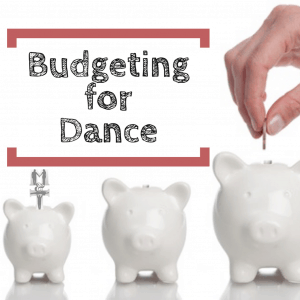 Yep, you have fallen in love with West Coast Swing, but she’s an expensive addiction, isn’t she? I laugh when people ask if I ski…I say, “No, I dance”. West Coast Swing, like skiing/snowboarding, is one of those recreation addictions that compels even the most cash-strapped of us to find and allocate any and all funds to its consumption. From the outside, it might appear to friends and family to be an obsession and a financial drain. But Westies get it – we know that dance is life and to you it’s all worth if it provides you with the kind of intrinsic rewards and satisfaction that most of your cubicle friends could only dream of.
Yep, you have fallen in love with West Coast Swing, but she’s an expensive addiction, isn’t she? I laugh when people ask if I ski…I say, “No, I dance”. West Coast Swing, like skiing/snowboarding, is one of those recreation addictions that compels even the most cash-strapped of us to find and allocate any and all funds to its consumption. From the outside, it might appear to friends and family to be an obsession and a financial drain. But Westies get it – we know that dance is life and to you it’s all worth if it provides you with the kind of intrinsic rewards and satisfaction that most of your cubicle friends could only dream of.
But realistically, how can you afford it? How can you survive, be an adult, and take care of the important things in life and still have money left over for your weekly/monthly dance fuel-up? Whether you are a starving student or just fund-conscious, here are some practical tips for making your moolah stretch as much as your connection should… (LOL see what I did there? )
What does it all actually cost?
Learning Activities
Private Lessons $60-$150/hr
Price depends on your region and the status, training, and experience of the instructor. Caveat: Two lessons with a $60 instructor are not necessarily equal value to one with a $120 instructor. The value math is not that simple. Like hiring a home renovations contractor, be wary of lessons that seem like the cheapest deal. Not always, but most of the time, it’s worth it to “save up” for the highest quality lessons you have access to. Regular private lessons are like going to the hair salon: if you can afford it, it’s nice to go once a week, but if you need to be economical, you could restrict them to only once a month or two. Don’t be a sasquatch and wait a year between lessons! As often as you can afford, try to treat yourself to a Champion-level private lesson, then take the homework they give you back to your 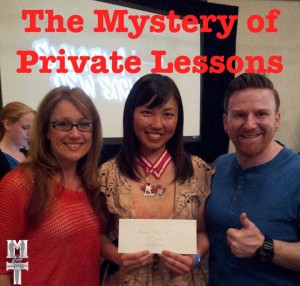 regular instructor for followup. Here’s a great article on taking advantage of private lessons.
regular instructor for followup. Here’s a great article on taking advantage of private lessons.
Share private lessons ($30-80)
Many instructors are flexible in how you use your hour. If you can’t afford a whole hour, find a buddy to split it with. Ideally, find someone who is interested in the same material as you, such as ladies’ styling or leading spins.
Be a Dance Dummy (free)
Offering to dummy for a friend’s lesson is easy and free way to immerse yourself in a learning experience. In case this is a new term for you, a “dummy” is a person who volunteers to be your partner during your private lesson with an instructor. (Some teachers prefer the term “dance doll” or “dance diva”, but the meaning is the same. We affectionately refer to our regulars as “dance smarties” because they already know our lingo and drills and know exactly how to provide what we ask of them.) The teacher’s advice won’t necessarily apply to you, but the wisdom is still valuable and causes you to open your mind and consider different perspectives. Be sure to return the favour and invite them to dummy when you have a lesson. Don’t feel obligated to one dummy – feel free to exchange with a variety of partners. A covert project could be to invite someone who you *wish* could hear certain advice so they can improve their own dancing. I often have students bring dummies to our lesson with the intent of sampling my instruction.
Plan group privates ($20-40)
Grab another couple or a handful of friends and go in on a lesson together. The instructor might charge a little more for a group, but your share will be much lower than paying for your own private lesson. You will get the semi-private feedback you need to help your dancing, and you and your friends will have some material you can work together on.
Group Classes ($10-$20/hr)
Depends on the length of the class and how many weeks in the series. I have heard of some teachers being forced to only charge $5 because dancers in their community whine if it’s any more than that. Reality check, people! You can’t buy anything for $5/hr any more! Movies are more expensive than that and they don’t leave you with life skills, physical fitness and a social network! $10 is the standard minimum that is more than worth it.
 Workshop Weekends ($60-$200)
Workshop Weekends ($60-$200)
These involve one or two instructor couples (usually high level visiting Pros) and offer 4-10 workshops over the course of the weekend. There are no competitions – the weekend is entirely focused on learning. You can’t compare this type of weekend to an event. You also can’t compare the quality of teaching to your regular group classes. Instead, analyze the instructional value: These will be unique, specialty workshops where you will get to hear new info or old info taught from a different perspective. If the weekend pass is $100, and they offer 10 workshops, that’s $10/workshop!!! Since a high-level instructor’s worksop would normally cost $25/hr, you’re getting a screaming good deal. Here’s a great article all about the hows and whys of Workshop Weekends.
Online Instruction ($20-50)
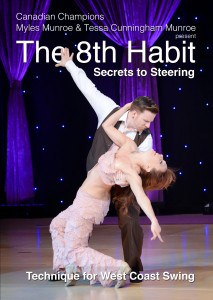 I’m not talking YouTube here – I mean REAL instructional videos. Don’t forget about this invaluable tool. Instead of trying to squint and analyze and imitate YouTube videos, why not watch the actual instructor break down the movement so you can learn it properly? Material from a video can tide you over between private lessons, augment your group classes, and best of all, you can re-watch it for reference and review.
I’m not talking YouTube here – I mean REAL instructional videos. Don’t forget about this invaluable tool. Instead of trying to squint and analyze and imitate YouTube videos, why not watch the actual instructor break down the movement so you can learn it properly? Material from a video can tide you over between private lessons, augment your group classes, and best of all, you can re-watch it for reference and review.
Some instructors offer online lessons via Skype or email feedback. These can be about the same or slightly less than a private lesson in person, but if you aren’t able to make it to an event to get your learning fix, this is a great way to use your allocated dance funds. Here’s the scoop on ours.
Borrow videos/ viewing parties
You have no idea what gold is hidden in your friends’ media shelves. Chances are, they bought a bunch of videos you’ve never seen, and you might have a few that they are missing from their collection. Get together and share the love! You could simply borrow/swap, or get creative and host a video viewing party. Check to see if your Swing Club owns a loaner set.
Non-Learning Expenses
 Shoes ($80-150)
Shoes ($80-150)
Dance shoes are considered technical equipment, which is something for which you can’t sacrifice quality. Invest in a decent pair of dance shoes that fit your feet properly. Support local vendors if you can, before ordering online. Sometimes they might offer a better price if you pay in cash. One pair of shoes should easily last you at least a year, depending on how much you wear them. Remember, ladies, sandals are often washable, so don’t just buy new ones because your old ones are stinky. Here’s a great article on choosing the right shoe for you: Shoe Review
Dance Parties ($0-$20)
These have a wide range, because sometimes they are free for students who are practicing after their lesson ends. But they deserve a line in your budget anyway! If you can’t afford to go to all the weekly parties, try to rotate between them, so you can dance with different people each week.
Events
Flights ($200+)
This is easily the most expensive budget item. Fortunately, there are enough events now that it is possible to find at least one event per season that you can drive to. Back in the dark ages (early 2000’s), we used to have to fly to all the events (except Seattle Easter Swing) and always across a border! I have heard stories of idyllic lands where dancers can find return flights for under $300, but as a Canadian, I can only dream…. P.S. Never complain to us about how much your flight cost. Stay loyal to one airline network so you can accumulate points and redeem for a free flight. Book your flight before 14 days before departure in order to avoid a steep price hike. I like using www.google.com/flights to start browsing. Don’t forget the incidental expenses such as rental cars, airport shuttles, Uber rides, public transport, airport parking, gas…
Passes $90-$200
Buy early!
Repeat after me: “I am wasting money by waiting”. Procrastination is a HUGE problem these days – over the last 10 years we have observed a significant decline in the RSVP habits of dancers. Unlike booking a flight, where you can pretty much get a decent price up until 2 weeks before your departure, dance events need money up front to pay for expenses in advance, so they offer incentives for several months leading up to the event. If you know you will most likely be attending an event, buy your ticket as soon as registration opens! That will be the best price, guaranteed. The prices will not get any better – they will only get higher. Some events increase their prices to almost double by the weekend of the event! Holding on to your money is not going to help your situation and will only cost you more. Shopping for flights earlier will make it more likely you will find one that leaves at a convenient time when you don’t have to take more time off work, which means you save $.
Register with friends
The oldest and most common method is to “sell a table”. This means agreeing to purchase 10 event passes (one table) at a wholesale price that you will resell to friends. You may have to put down a deposit first. The event uses you as an agent to sell passes and in exchange everyone gets a preferred price. Another incentive some events use: you sell 10 tickets at full price and you get an 11th ticket for free.
Some workshop weekends force role-balance by limiting the ticket sales of leaders and followers. You can usually get a better price if you register with a buddy of the opposite role.
Attend only part of the event
When there’s an event in your hometown and you can’t afford it, this may seems like a viable solution, but often dancers fail to execute this wisely. Instead of paying only for the evening dance parties, invest in a day pass that gives you access to all the workshops, private lessons, competitions, shows, and social dancing. This way you will feel like you didn’t miss out, and you will get more learning use out of the weekend.
Hotel ($60-160 per night)
The event organizers arrange the absolute lowest price they can possibly get for their convention attendees. Don’t consider staying off-campus unless the hotel is sold out. Not only is this physically uncomfortable, but it hurts the event. I am aware of one event that fell short of their room block for the hotel contract by only 3 room-nights. The hotel penalized them $17,000 for something that could have been avoided if only 2 more people had booked in the proper hotel.
The best way to save $ in the hotel is to share with roommates. If you don’t have enough, events usually set up a “Roomies & Rides” Facebook page where you can connect with others looking to split costs. Pack your earplugs, prep your pillow-wall, and discuss room expectations in advance to ensure a smooth weekend.
Food ($20-40 per day)
Plan in advance with your roommates to see if you can collaborate on meals. A local dancer might be able to pack a smoothie blender or crockpot in their car for everyone to use. Plan a trip to the grocery store so you can prepare and share one big meal instead of 4 individual ones. Prepare late night snacks so you don’t get tempted to go out for fast food late night. I’ve seen some clubs band together to cook a meal potluck style for 20 people!
Competitions ($15-$30 per contest)
Comp fees are one big expense that is often forgotten about. Most events offer early bird discounts online, but pay attention to their deadlines.
Don’t count on prize money! You have zero control over competition results. This means you can’t count it in your budget. Not only will this preserve your sanity, but any prize money you happen to win is a bonus. A smart dance investor would apply these funds toward more lessons, new shoes, etc. But if you took first place and have nothing you are specifically needing at the moment, it’s nice to celebrate and treat your friends to a round of drinks or pizza.
Money Management
Set your priorities
Rent, food, utilities, clothes: never neglect your basic human needs. Don’t go to an event if you will be evicted by the time you get home. I have seen too many dancers fly to, attend, and compete in an event but not be able to afford food for the weekend. Take care of your life stuff first. There will always be another dance event when you have the funds available.
Decide where dance fits in your life. Are you willing to sacrifice some beach vacation time in order to take more Fridays off? Are you willing to change your fashion shopping standards in order to keep money reserved for dancing instead? Are you willing to quit smoking or give up other vices that bleed your recreational funds?
Don’t be an ostrich
 Don’t hide your head in the sand when it comes to financial matters. When you are planning to attend an event, take a minute and write down how much it will actually cost you. I’m not saying this to scare you, just to encourage you to be honest with yourself. In my first few years of dancing, I neglected to monitor my own spending. I just kept blindly charging flights, hotels, and dance lessons to my credit card, and didn’t pay attention to how much I was paying off. It ended up putting me into a debt that took years to climb out of.
Don’t hide your head in the sand when it comes to financial matters. When you are planning to attend an event, take a minute and write down how much it will actually cost you. I’m not saying this to scare you, just to encourage you to be honest with yourself. In my first few years of dancing, I neglected to monitor my own spending. I just kept blindly charging flights, hotels, and dance lessons to my credit card, and didn’t pay attention to how much I was paying off. It ended up putting me into a debt that took years to climb out of.
Socializing doesn’t have to be expensive
It might be tempting to go with your classmates for all-you-can-eat sushi after class every week, but you already have food in your fridge at home and that $25 could be better put toward lessons or new shoes. It is important to value the social time, but be aware of how many times you are pulling out your wallet. Try to arrange to hang out at someone’s house for free or at a coffee shop instead of a sit-down restaurant. Maybe organize a casual potluck dinner party or picnic instead. Pre-game drink at home or in your hotel room instead of buying expensive drinks at bars. Hang out at home with friends and play games like Card Against Humanity.
Designate a “dance” bank account
One of the smartest financial tips we ever learned was that you could have more than one bank account. Seems obvious, but it revolutionized how we organized our saving and spending. We have one account for our main chequing and deposits stuff, a savings account for long term, then we have a handful of other ones for various short term savings. These short-term accounts could be designated as “Taxes”, “Vacation”, “Xmas”, or “Dance”. The idea is that these accounts are where you stash money away to save towards specific goal. Whenever we make a deposit, we use online banking to move certain percentages of the money over to the different accounts. I highly recommend setting up an automatic transfer so every time you make a deposit or use your credit card, a small chunk of your money gets automatically and painlessly deposited to that account. For example, imagine every time you used your debit card, $10 got added to your “dance” account! This technique is commonly used for retirement savings, but is very easy to set up for small things like this. Before you know it, after 10 purchases with your debit card, suddenly you have enough for a private lesson!
Give yourself a monthly allowance
Depending on your income and life expenses, decide how much money you can afford to designate to dancing per month. Then take these funds and create a separate budget for dance. Call your designated dance allowance “revenue” and all your dance activities “expenses”. Like a regular budget, decide on your need-to-haves and your nice-to-haves, then decide on a regular monthly menu of activities that you can afford, such as:
| Total Monthly Allowance | $300 |
| 4 group classes | $40 |
| 4 dance parties | $60 |
| 1 local private lesson | $80 |
| 1 workshop weekend | $80 |
Saving toward a future purchase
(travel event, SLDM, choreography, etc) | $40 |
Create an event budget
Events are more irregularly scheduled, so they might not fit nicely in your monthly budget. You might consider making a separate budget just for events. You can either decide how much money you have to allocate to events for the year, or decide in advance which events you really want to attend during the year, such as your local events and bucket-list travel events. Research how much they will cost, then add or subtract events as you can afford.
| Must-Go Event | Earlybird
Pass | Comp
fees total | Hotel total
(3 nights
shared) | Travel
total | Food
total | Total | Private
Lesson
add-on |
| Event A | $150 | $35 | $120 | $350 | $90 | $745 | no |
| Event B | $120 | $50 | $135 | $75 | $80 | $460 | $140 |
| Event C | $0 (prize) | $45 | $100 | $300 | $90 | $535 | $100 |
| Event D | $105 | $20 | $115 | $400 | $80 | $720 | no |
| Event E | $170 | $35 | $140 | $50 | $90 | $485 | $120 |
Keep in mind that the expenses for an event do not all happen during the month of the event! Use the www.swingdancecouncil.com website to plot out your event calendar. Make yourself a spreadsheet of all your events and when their registration deadlines are. Plan on buying passes 4-6 months in advance. Hotels occasionally sell out 2 months in advance. Plan on paying for flights at least one month in advance. While you’re at it, you might as well keep track of your Strictly dates. Here’s an example using our Northwest roster of events. *These are all arbitrary example dates.
Get a travel points credit card
Check if you bank offers a rewards point card that you can use to accumulate points for travel. The annual fee is pricey but worth it. Our Canadian bank, TD Canada Trust, actually has its own version of Expedia.ca which gives us reward points twice – once from the credit card purchase and once from using the special website. Check your own bank for options.
Buy in bulk, memberships, payment plans
Let’s say one private lesson with your preferred instructor cost $100. Most teachers will offer some kind of discount if you buy multiple lessons in advance. For example, this teacher might offer 5 lessons for $450, a savings of $50. If you need that $50 to pay for life stuff, this is makes lessons more affordable. But if you won’t miss that $50, take it and apply it to another dance-related item, such as your next event pass, or a private lesson with a higher level Pro.
Take the same concept and apply it to dance events. Some events collaborate and offer a package deal if you buy their passes together. So if there are three events you know you are going to, instead of paying $150 three times, you only pay $330 once.
Some studios or clubs sell memberships and offer their members preferred rates. For example, if you pay $50 per year, you can get each week’s dance party for $10 instead of $15.  That’s a savings of $20 per month x 11 months = $220! All for coughing up $50 in advance.
That’s a savings of $20 per month x 11 months = $220! All for coughing up $50 in advance.
Occasionally, a studio or instructor will offer some sort of monthly payment installment plan so you can spread out your payments over time for big ticket items. We offer this for the SLDM Teacher Education Program and the AllStar Apprenticeship Program.
Trade skills
Many instructors and events are willing to trade services in kind. Got a skill they could use? Offer your service in exchange for lessons or event passes. Some services of interest: web design, tax accounting, real estate, graphic design/printing, photography/videography, house cleaning, catering, hair/makeup/nails, personal training, PA work, massage/chiro/physio.
Volunteer
Studios and events need volunteers. Volunteering is a benevolent activity that you should be doing because you like to help and contribute. However, many events need large numbers of volunteers, so in order to recruit, they often will offer incentives, such as discounts on passes. It is imperative that you keep your promise and show up for your assigned shift. If you don’t, you can’t expect to receive the discount, but you can expect the cold shoulder from the organizers you let down. If you’re planning on attending an event, and you are interested in volunteering, don’t be rude and demand a discount in exchange for your volunteer hours. Some vendors are also willing to subsidize you in exchange for working for them.
Embrace self-control
Remember that feeling you had when all your friends posted all their fun photos from that event you couldn’t afford? Remember that feeling next time you indulge in seemingly insignificant expenses like Starbucks, fashion, happy hour, etc. Can’t resist when you find a collectible? Train yourself to think of dance very time you see one. Maybe keep an event wristband in your wallet as a reminder. Your future self will thank you.
Hopefully this article gives you at least a few ideas to reorganize your finances to be able to fund your dance addiction! Got any more tips? Feel free to comment below!
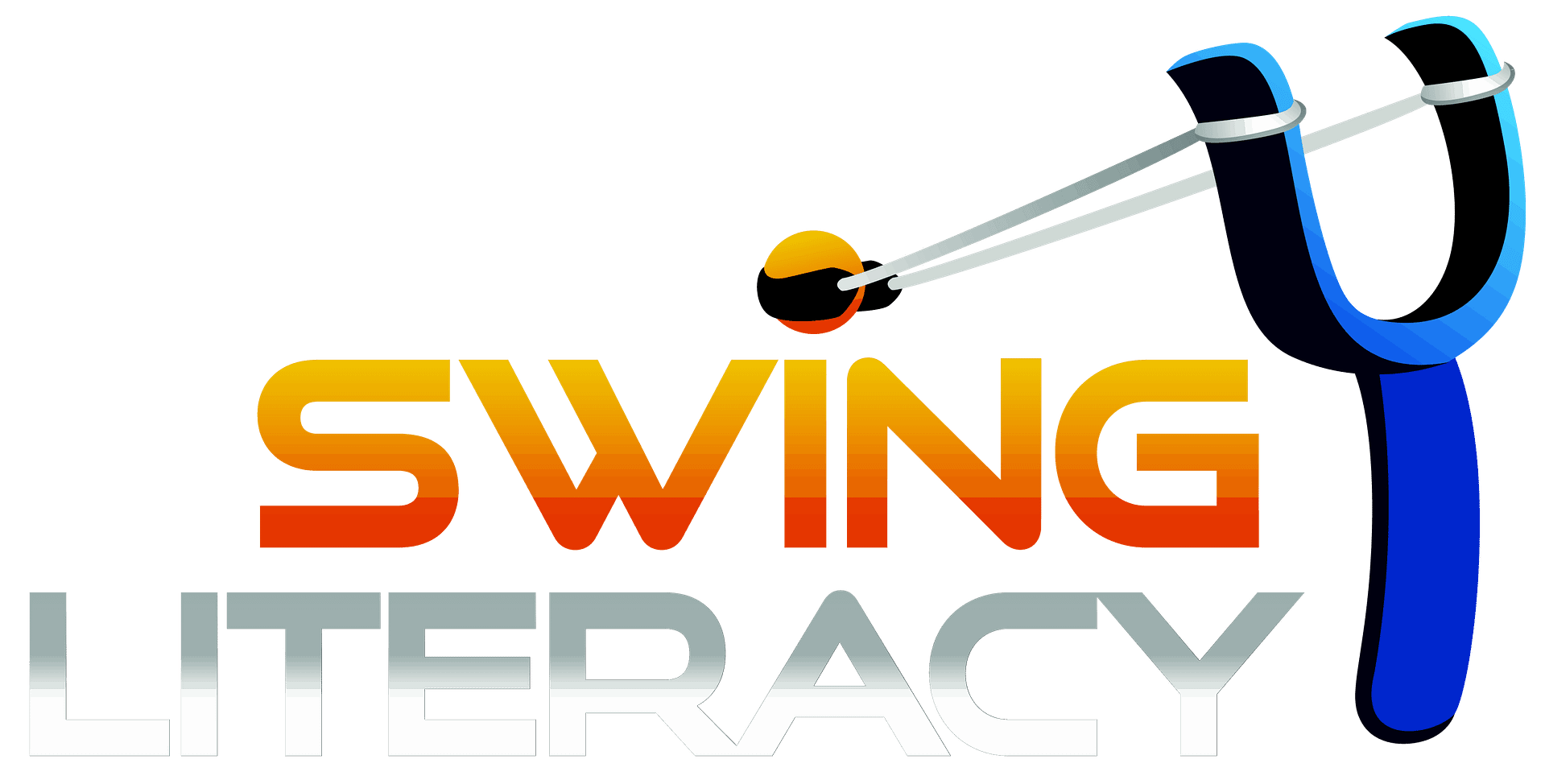
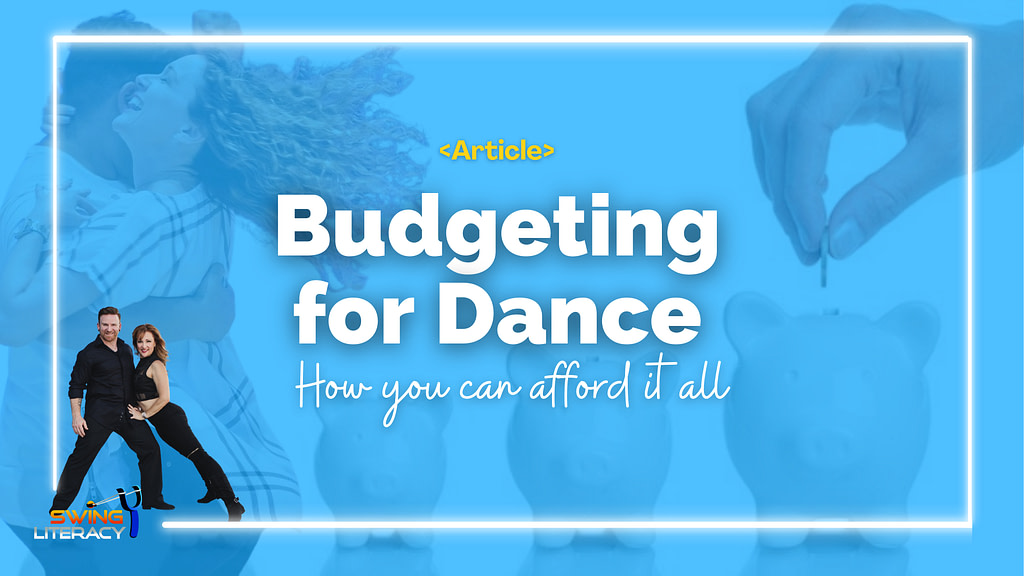
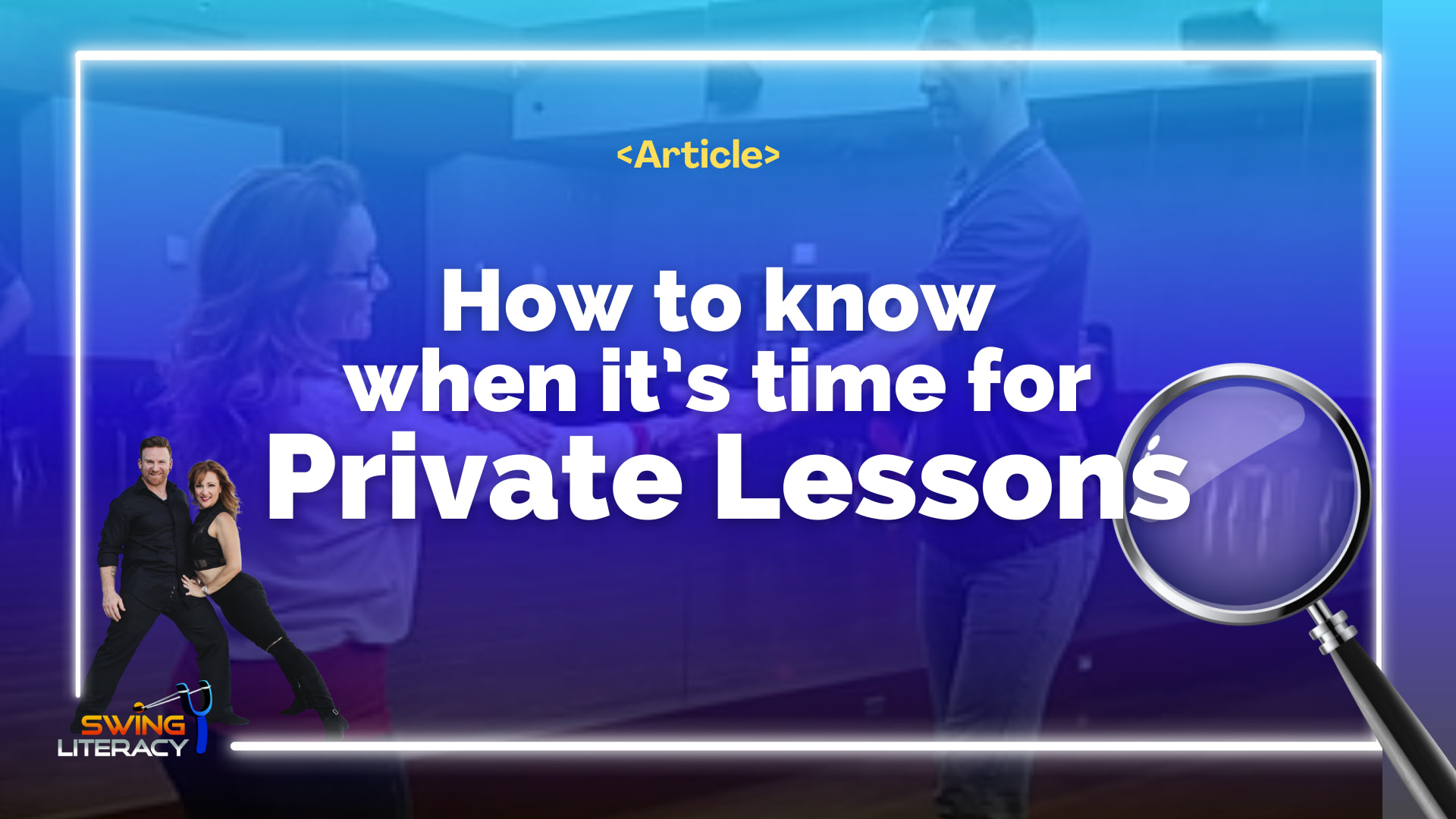

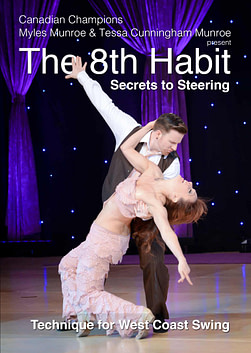

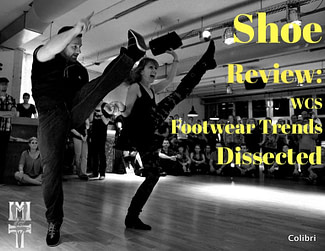

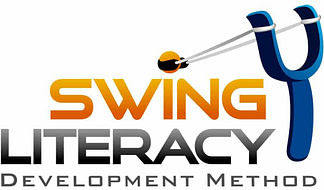
 Yep, you have fallen in love with West Coast Swing, but she’s an expensive addiction, isn’t she? I laugh when people ask if I ski…I say, “No, I dance”. West Coast Swing, like skiing/snowboarding, is one of those recreation addictions that compels even the most cash-strapped of us to find and allocate any and all funds to its consumption. From the outside, it might appear to friends and family to be an obsession and a financial drain. But Westies get it – we know that dance is life and to you it’s all worth if it provides you with the kind of intrinsic rewards and satisfaction that most of your cubicle friends could only dream of.
Yep, you have fallen in love with West Coast Swing, but she’s an expensive addiction, isn’t she? I laugh when people ask if I ski…I say, “No, I dance”. West Coast Swing, like skiing/snowboarding, is one of those recreation addictions that compels even the most cash-strapped of us to find and allocate any and all funds to its consumption. From the outside, it might appear to friends and family to be an obsession and a financial drain. But Westies get it – we know that dance is life and to you it’s all worth if it provides you with the kind of intrinsic rewards and satisfaction that most of your cubicle friends could only dream of. regular instructor for followup. Here’s a great article on
regular instructor for followup. Here’s a great article on  Workshop Weekends ($60-$200)
Workshop Weekends ($60-$200) I’m not talking YouTube here – I mean REAL
I’m not talking YouTube here – I mean REAL  Shoes ($80-150)
Shoes ($80-150) Don’t hide your head in the sand when it comes to financial matters. When you are planning to attend an event, take a minute and write down how much it will actually cost you. I’m not saying this to scare you, just to encourage you to be honest with yourself. In my first few years of dancing, I neglected to monitor my own spending. I just kept blindly charging flights, hotels, and dance lessons to my credit card, and didn’t pay attention to how much I was paying off. It ended up putting me into a debt that took years to climb out of.
Don’t hide your head in the sand when it comes to financial matters. When you are planning to attend an event, take a minute and write down how much it will actually cost you. I’m not saying this to scare you, just to encourage you to be honest with yourself. In my first few years of dancing, I neglected to monitor my own spending. I just kept blindly charging flights, hotels, and dance lessons to my credit card, and didn’t pay attention to how much I was paying off. It ended up putting me into a debt that took years to climb out of. That’s a savings of $20 per month x 11 months = $220! All for coughing up $50 in advance.
That’s a savings of $20 per month x 11 months = $220! All for coughing up $50 in advance.
Awesome info! I’ve had great success with some of these practices, and some I have never tried to implement! Thanks for sharing!
Amazing info! Budgeting is really important to keep the WCS life sustainable.
In the past year, I neglected to monitor my own spending. I just kept blindly spent money for flights, hotels, and privates… Traveled for WCS 10 times to Korea, 2 times to Taiwan, 1 time to Singapore, 3 conventions in US… also several domestic trips in Japan.
Recently I had a chance to finally look back how much I spent approximately (Thanks Myles & Tessa for the opportunity) and it was way beyond my expectation. I don’t reglet any of my decisions and totally appreciate all the learnings, improvements, and priceless experience to make new westie friends there, but now I would say it’s just not sustainable.
Way of thinking and nice tips in this article helped to me a lot how to think and control budgeting for dancing.
Thank you Tessa!